Moray Hillary’s art exhibition “Selective Memory” turns overlooked, ordinary details of everyday life into spotlighted, significant works of art.
The show, on display at the University of Massachusetts’ Hampden Gallery until Dec. 1, consists of 252 vintage Volkswagen Beetle car wing mirrors, each with their own miniature painting of different memories that take place over a course of several years.
Most of the memories are Hillary’s own, where he uses the reference of pictures that he takes on his walk to his Glasgow studio every morning. The pictures tell a story of things he sees every day but doesn’t really notice. Others are from pictures that some of his friends who understand what he’s trying to do send him, with locations that span globally from Glasgow to Norway to New York. Some are even stills taken from films and TV series that Hillary was watching at the time.
“It was focusing on the overlooked – things that you see every day but you take it for granted,” Hillary said. “We can’t remember everything that happens to us, and certain things stick out in your memory more than others – sometimes good, and sometimes bad.”
Looking at paintings scattered like constellations across the gallery walls, Hillary can remember the origins of each memory in the collection. It all started nine years ago on a trip to Mexico when Hillary bought the first Volkswagen mirror. At the time, he wasn’t sure what he was going to do with it, so he kept it until he had the first vision for the series four years ago.
His main focus on the series started at the beginning of the COVID-19 pandemic, when he completed 90 paintings in just one year.
“I start to think, ‘Oh, wow, this is going to be much bigger than I thought,’” Hillary said. He then set the target to have 125 paintings completed for the series. When he reached that goal, he decided to shoot for 150.
“And then I got to 150 and I thought, ‘I’m just going to go for 200.’ And then I got to 200 and I thought, ‘I’m just going to keep going!’” Hillary said. The final number of paintings in the series is 255, with three not displayed in the show as they are still works in progress at his studio back home in Scotland.
“I try not to have as many gaps between bodies of work because those gaps can get really big,” Hillary said. “I think the more you leave it, the bigger the block becomes. Just keep doing it. And it keeps your brain moving – that’s why I’ve got three to do, because when I’m working on the last three, I’m thinking about a new project and not becoming stagnant and stuck.”
Hillary is already thinking about what he’s going to do next, with ideas involving creating large, free-standing retro-inspired billboards that advertise things that don’t exist, or having what he describes as a “hidden exhibition.”
“I like the idea of making paintings that you don’t really see when you first walk in – you have to look for them,” Hillary said. “It’s just the beginning of thoughts, still really early.”
Hillary’s artistic endeavors involve a range of mediums, materials and practices. For “Selective Memory,” Hillary developed a way to make the acrylic paint he used have the same appearance as oil paint – a medium he can no longer work with.
“I was making these huge paintings and experimenting with moving pigment around. So I was using buckets and buckets of substitute turps – not even real turps – and polyurethane varnish, and I started to get ill because of the fumes.”
Through experimentation, Hillary discovered a layering process to give the acrylics an oil effect. Every day he would work by completing a layer of the painting, then fossilizing it by pouring a gloss medium on top that hid the brush marks. Each painting took about five days to complete and would receive two layers of varnish every day. By the end, the paintings would have at least ten layers, giving the surface a thick and almost glassy finish.
“I don’t think it’s in an artist’s handbook,” Hillary said while laughing. He first used this technique on a series of 25 faceless portraits that were exhibited through a curator at a show in New York – who ultimately introduced him to another curator who connected him with Hampden Gallery and the UMass Fine Arts Center, which led to the creation of “Selective Memory.”
For Hillary, who admittedly does not enjoy networking, it was the perfect sequence of events. “I love it,” Hillary said. “The way that it happened – that it was just really organic. The way that it just went from one thing to another, and then another thing led to another thing, and then another opportunity led to another… and then I was there!”
Hillary’s exhibition at Hampden Gallery has been six years in the making, with the show’s original date set for three years ago, before the pandemic happened. It has since blossomed into what it is today, with artworks spanning across the walls of all three sections of the gallery space.
The white walls of the gallery have been decorated with Hillary’s paintings as if they were their own giant canvases, and the gray and brown color palette of the interior space reflect the ochres, raw umbers and black and white color palette of Hillary’s paintings. Everything blends together seamlessly and cohesively, as if the gallery was designed to host this show – even the square gallery floor tiles are the same dimensions as the mirrors.
“It’s so weird,” Hillary said. “It’s just the perfect space.”
Guests can take a walk through Hillary’s memory lane by visiting the gallery any weekday during Hampden Gallery hours until the closing of the show.
Jesena Kalabokis can be reached at [email protected].


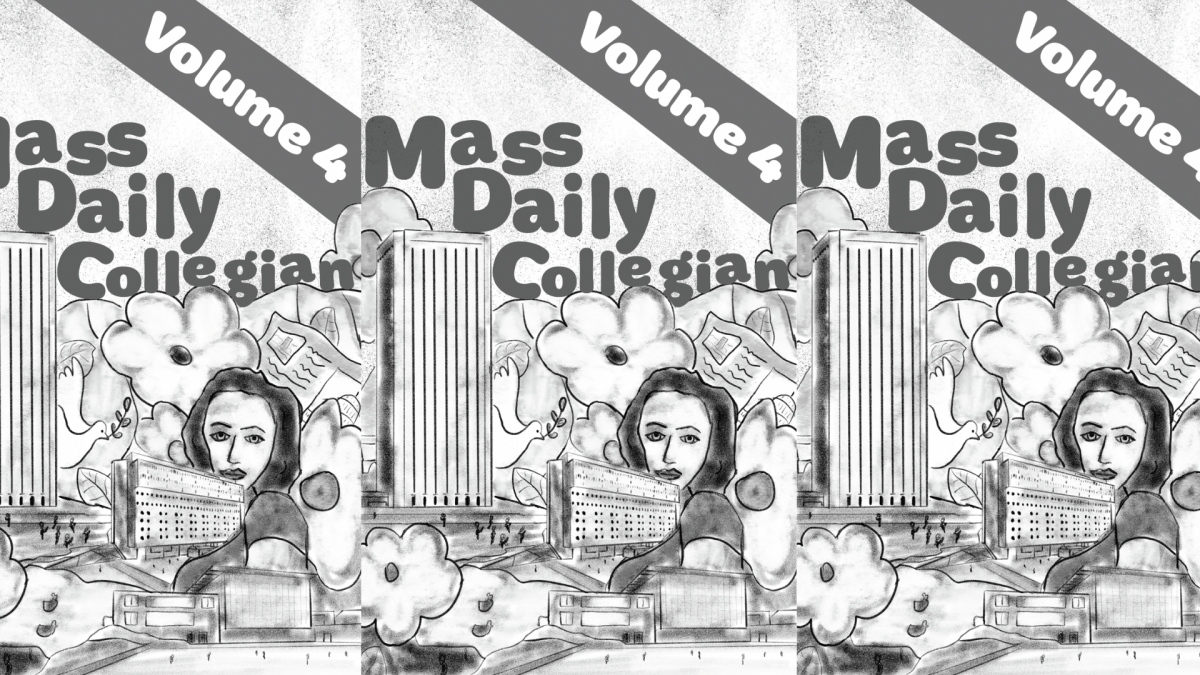
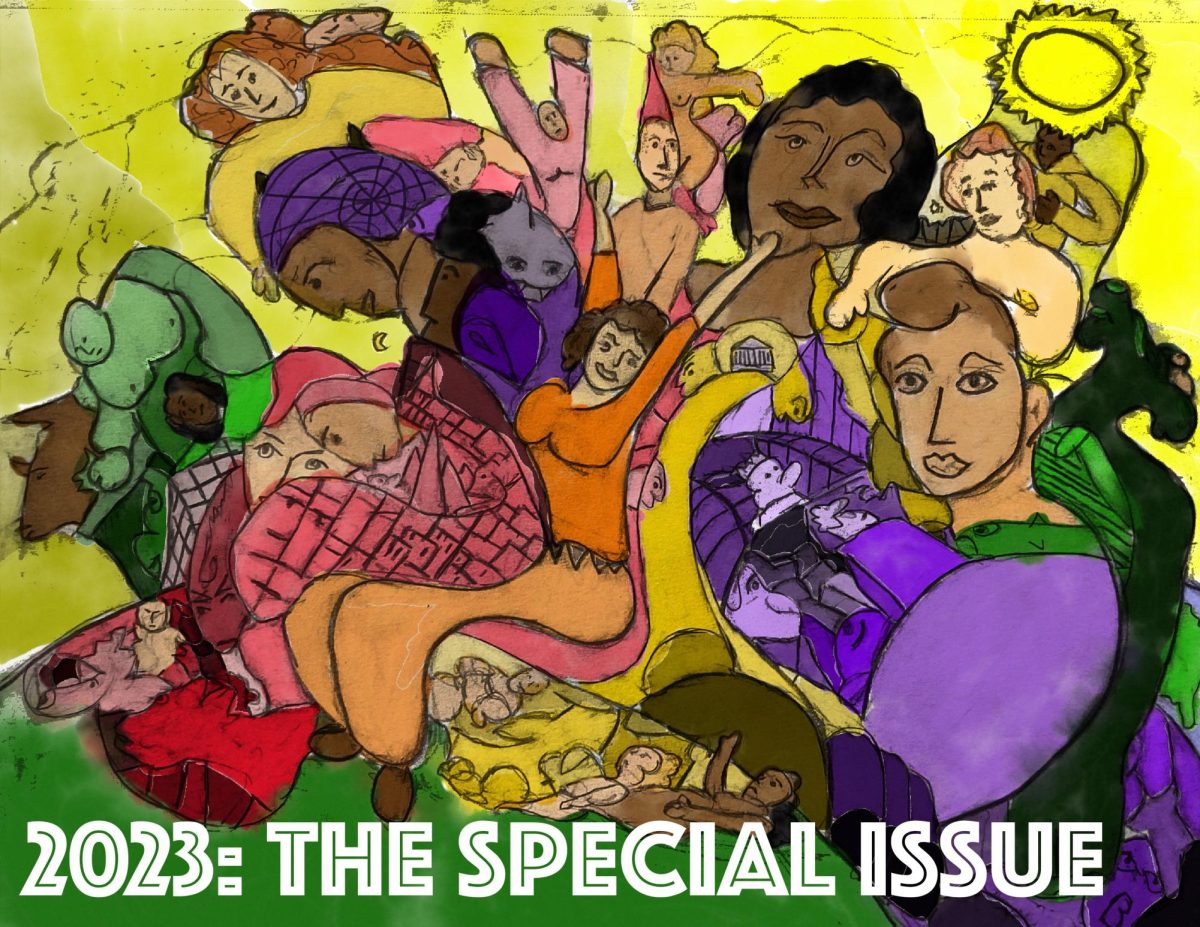
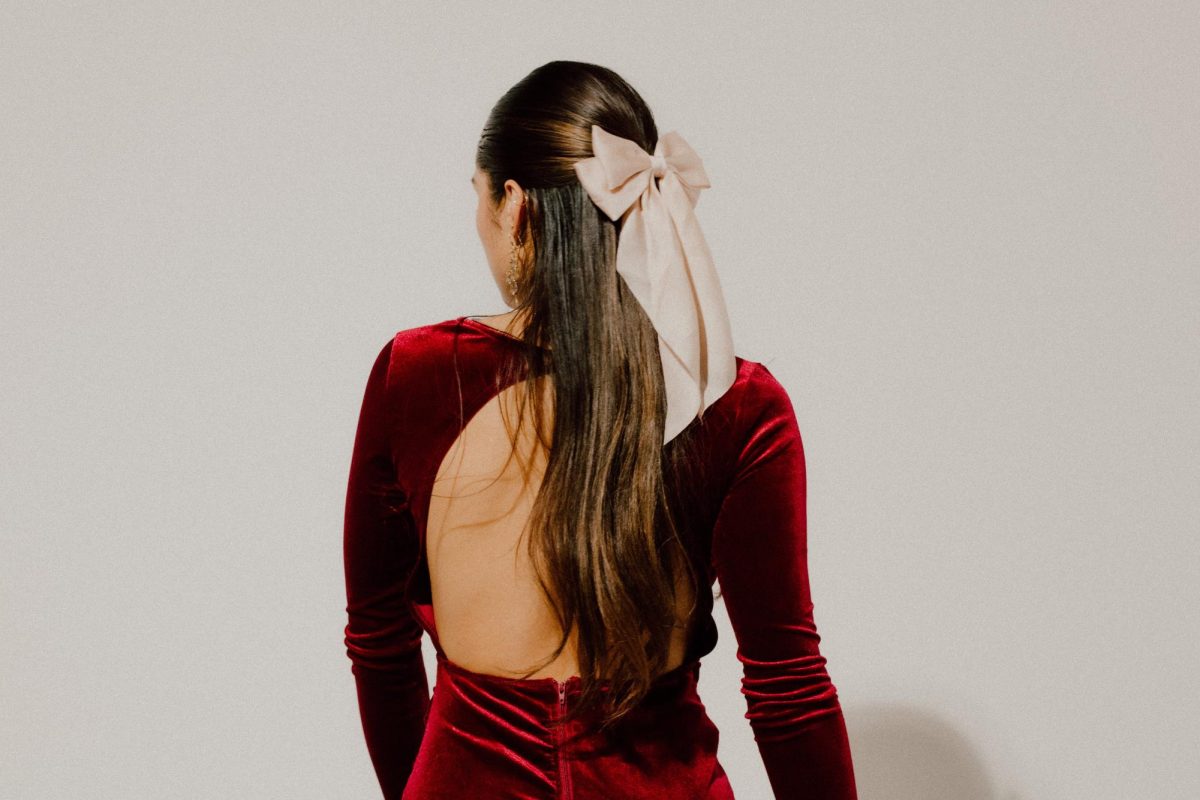
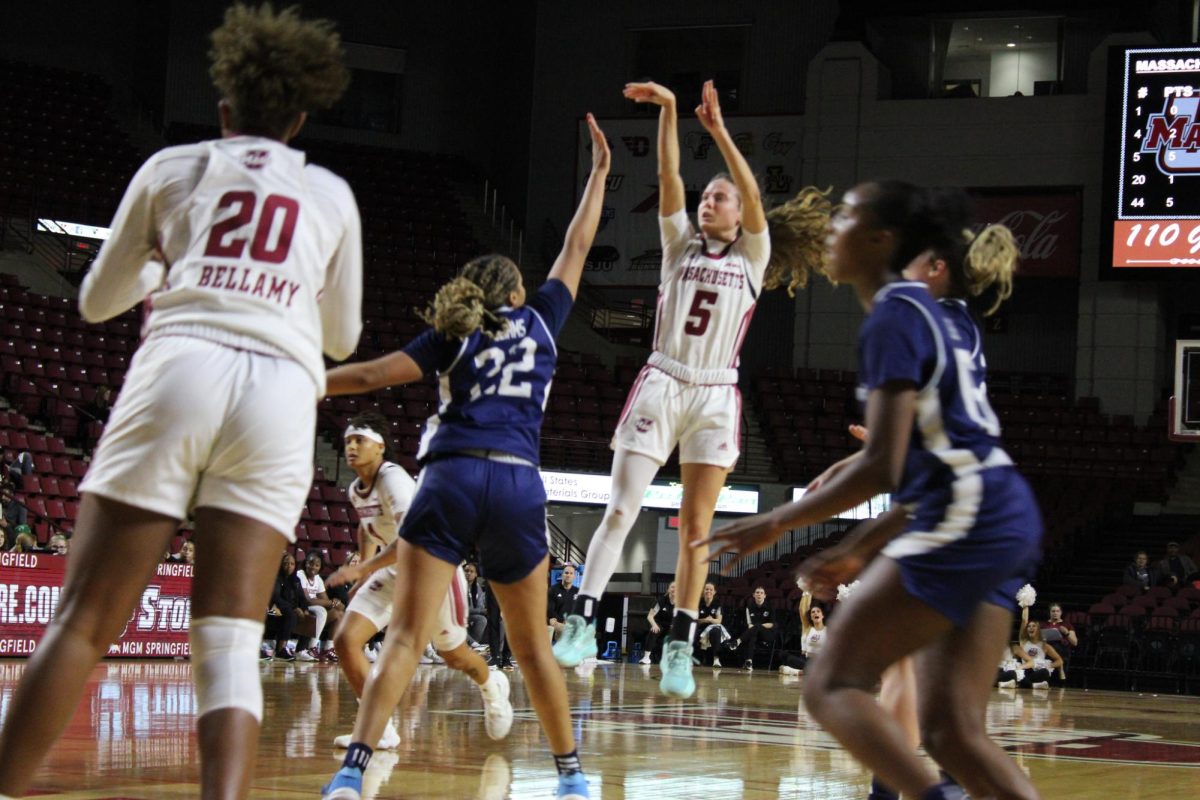





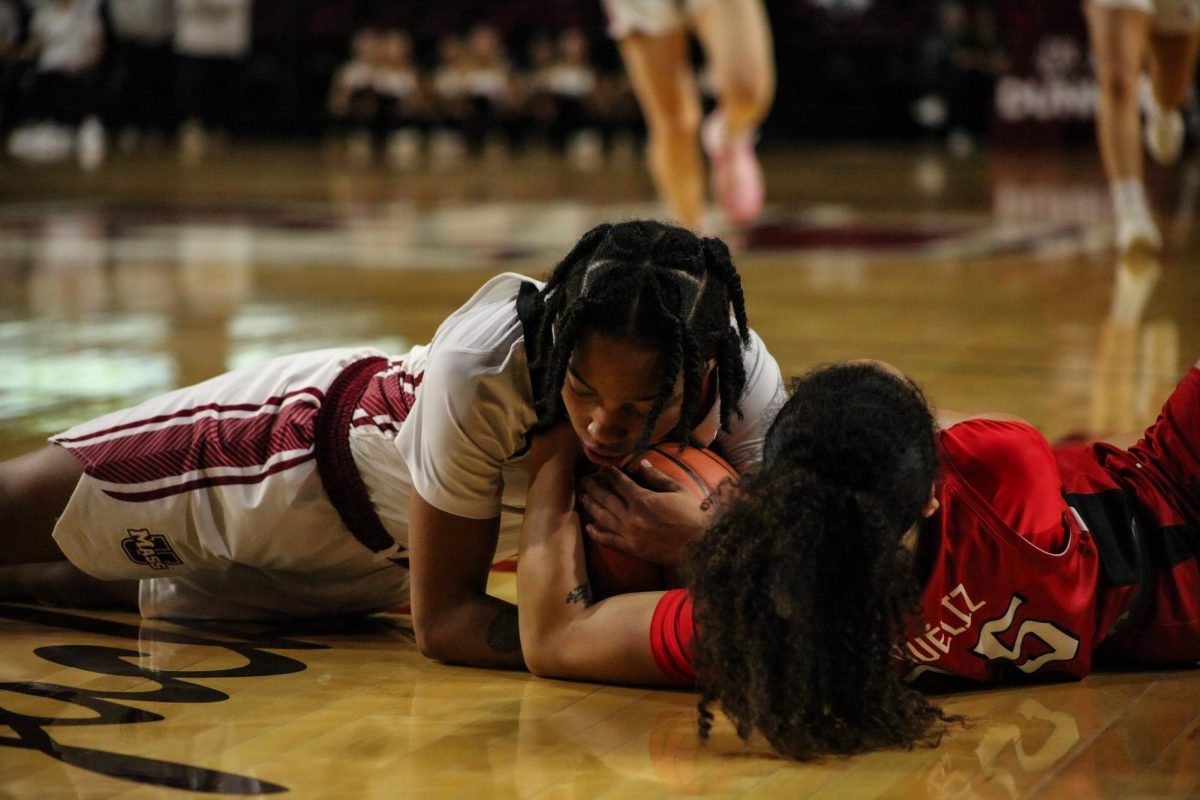

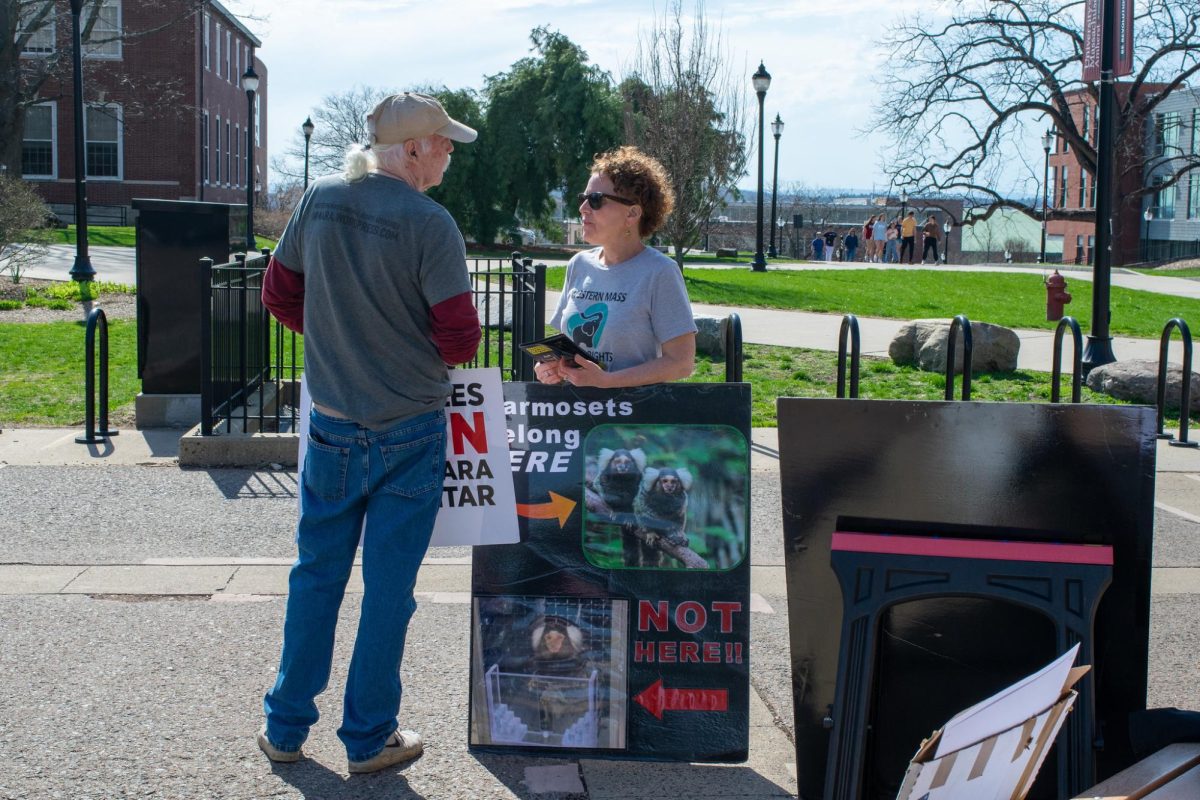
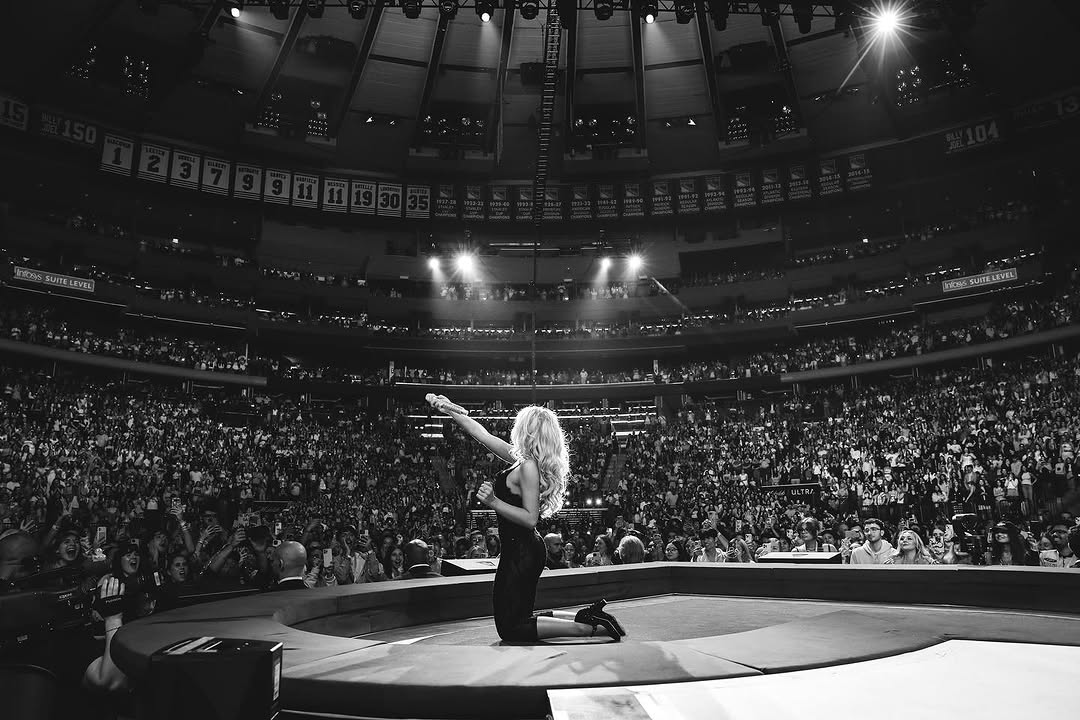



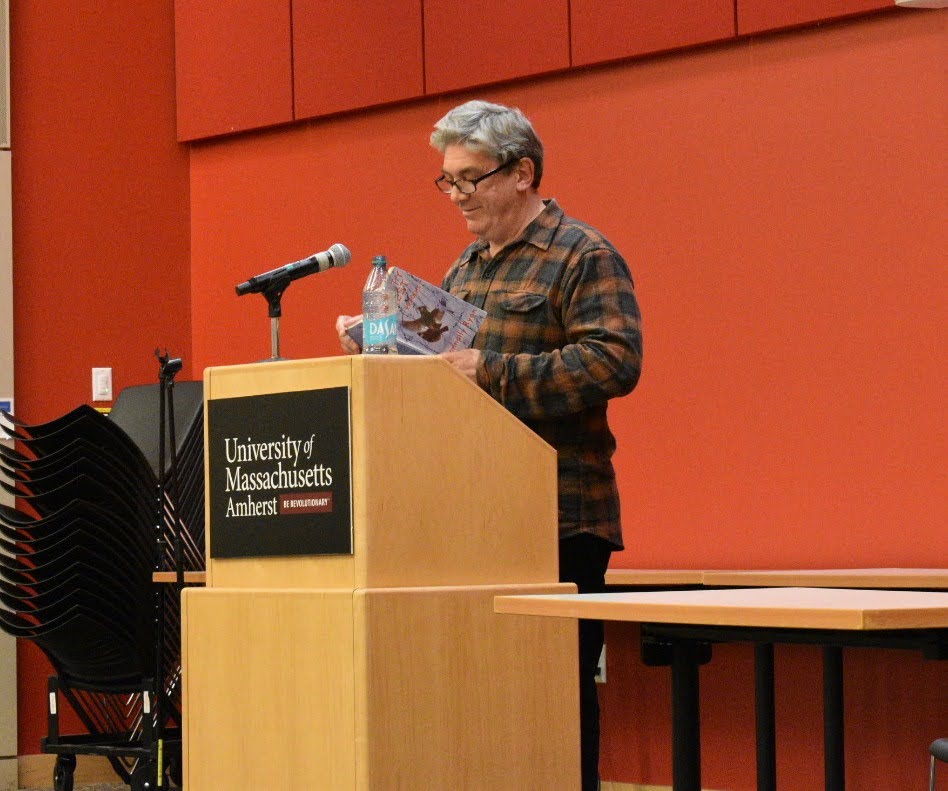
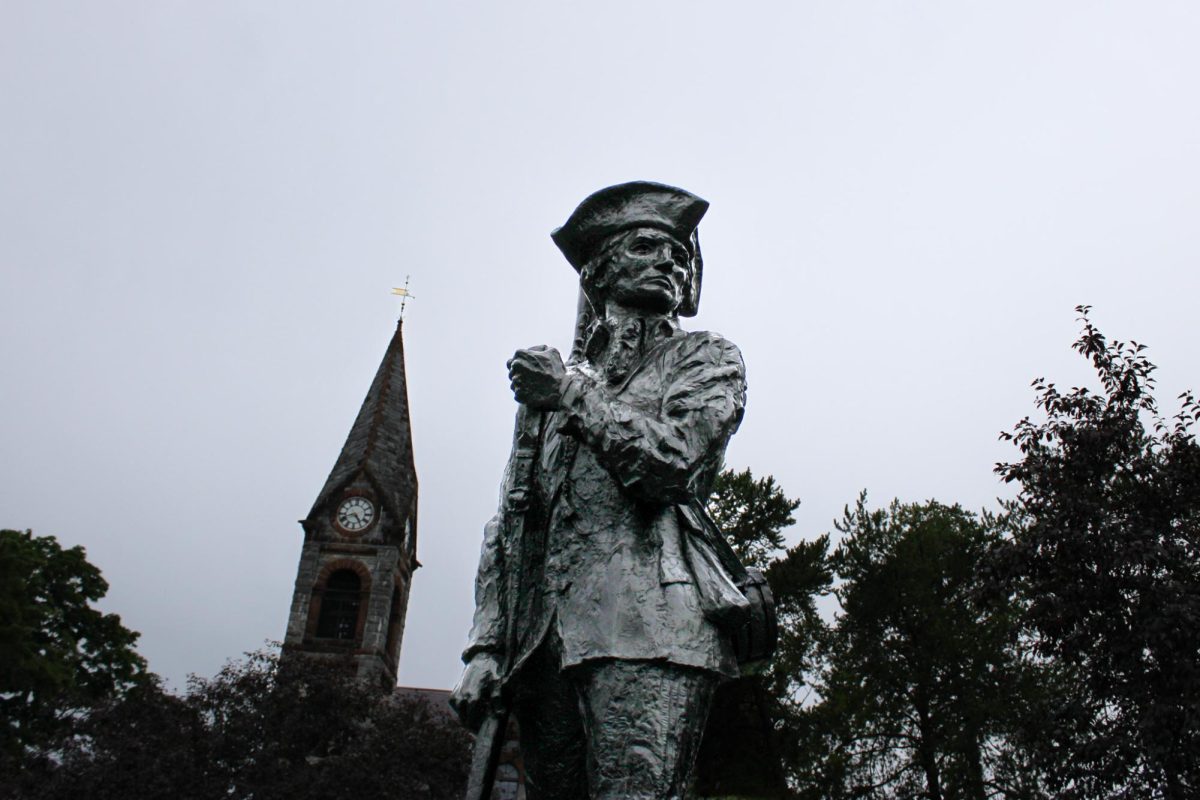
Beth • Nov 14, 2023 at 12:54 pm
Fantastic article! Makes me want to take a road trip out to see the exhibit in person.